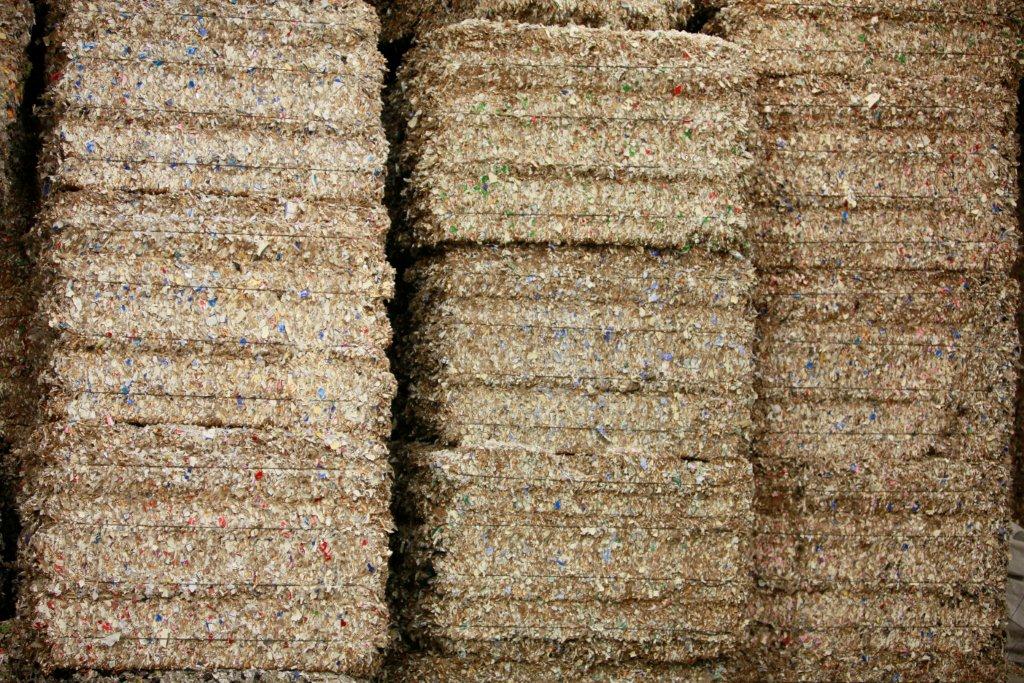
Our customers use our destruction service for a variety of reasons:
Demolition service
We offer crushing, pressing and packaging of various materials as a service.
The shredding service is used for several reasons:
Drinks
destroyed by a special industrial shredder designed at Tallinn University of Technology.
commissioned by our company.
The transport and groupage packaging is separated and the goods are dumped together with the sales packaging.
on the shredder line. The shredder separates the liquid into a container and the shredded material is collected separately.
containers. From the tank, the liquid is pumped into a tanker truck, which takes the liquid to the can.
Shredded waste (bottles, cans, plastic bottles, etc.) is recycled as material.
Solid goods
crushed by a universal crusher with a capacity of 4-5 tonnes/h depending on the material. Shreader
The magnetic separator downstream picks up the metal, which we send for recycling. After crushing
the resulting pulp is compressed into approximately 300-400 kg packages.
Materials that cannot be recycled are sent for incineration or landfill.
Prior to destruction, the goods are separated from the group packaging (cardboard and carton), which is pressed together.
and recycled to produce new material.
The destruction process takes place under video surveillance. A representative of the Contracting Entity may also be present at the destruction.
After destruction, the Customer will receive a destruction invoice containing the following information on the goods received
name, quantity, time and place of destruction.

We care for nature